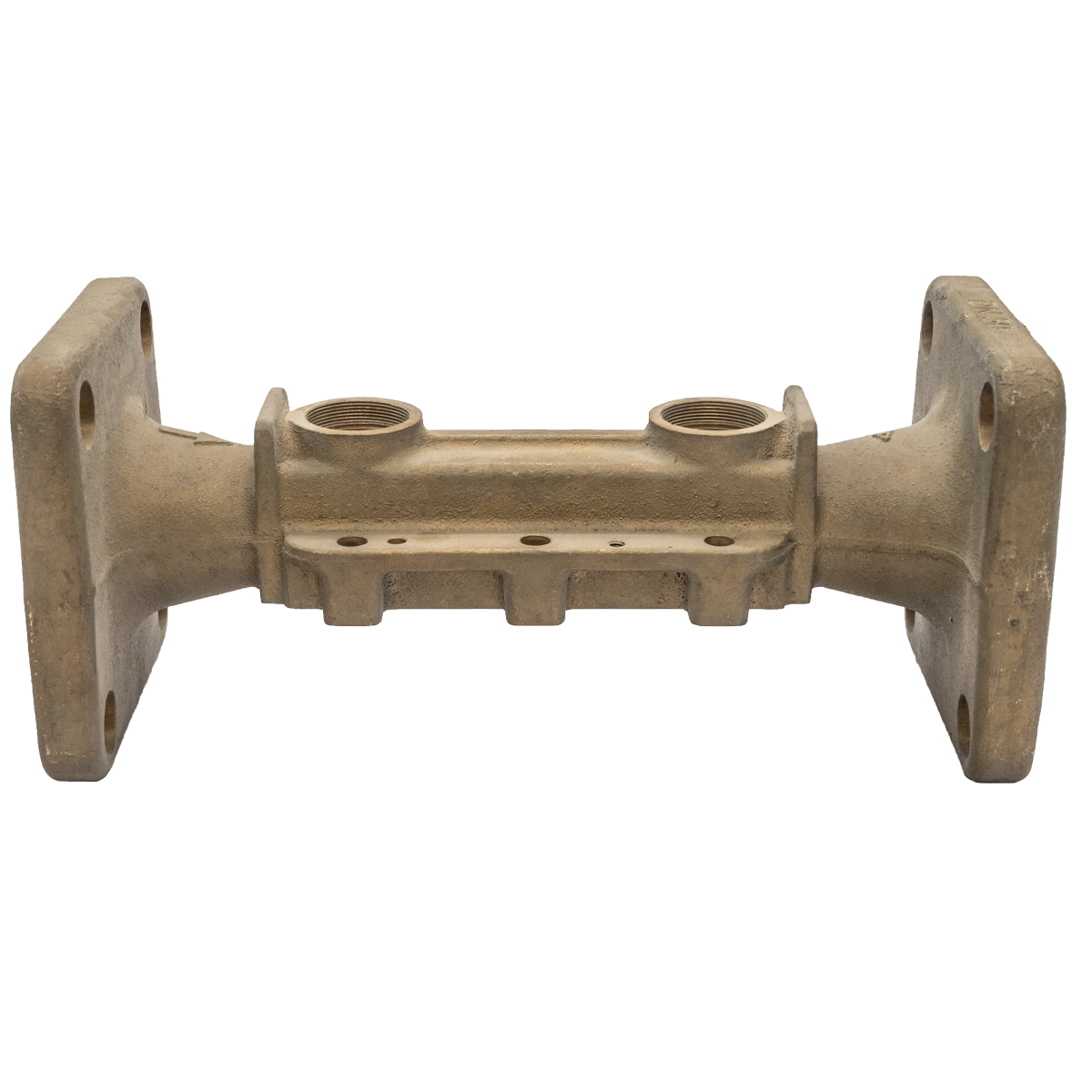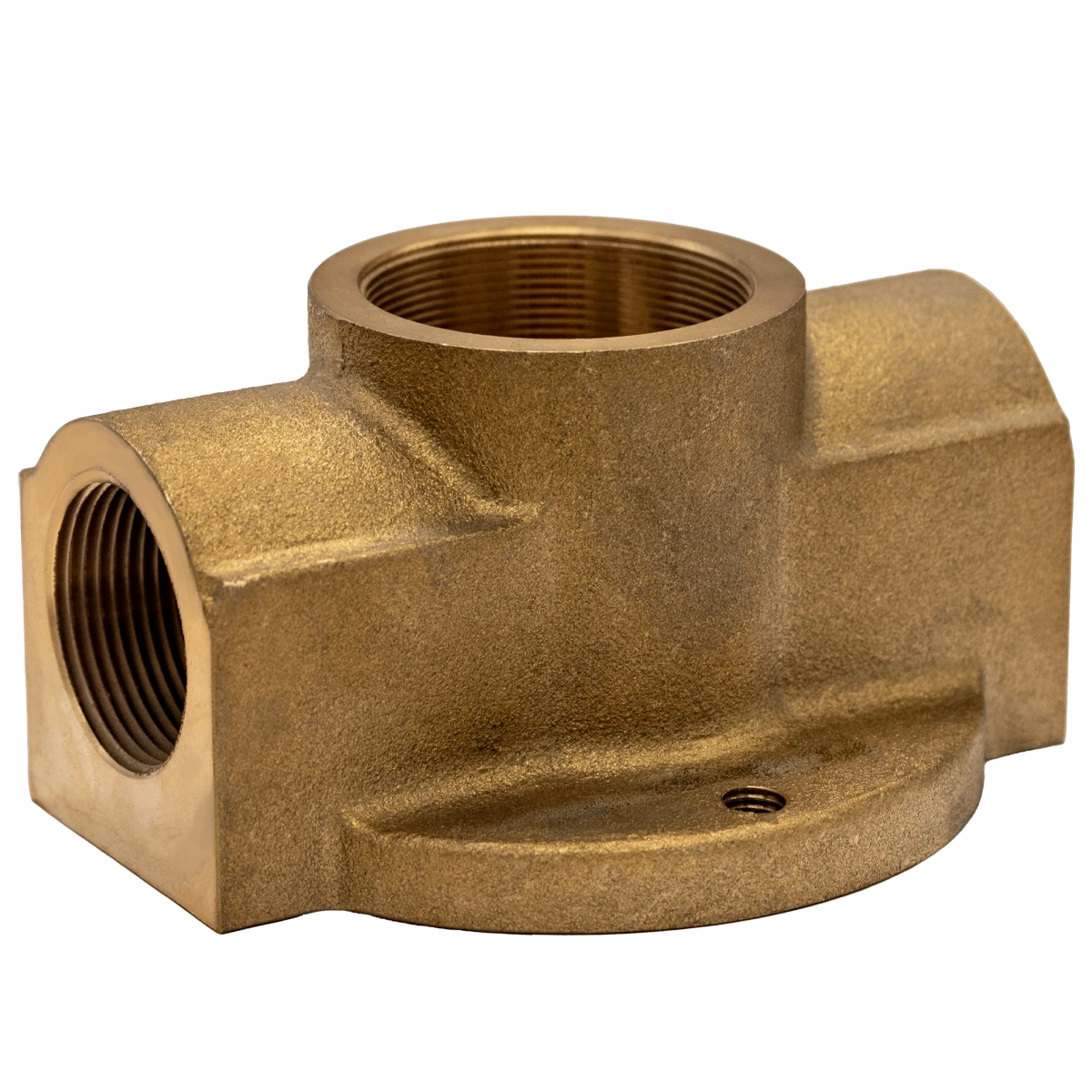Mobile:+86-311-808-126-83
Email:info@ydcastings.com
English
Precision Metal Castings: Aluminum & Green Sand Solutions
In the vast landscape of industrial manufacturing, metal castings stand as a foundational technology, enabling the creation of complex components with unparalleled strength and durability. From the smallest intricate parts to massive structural elements, the ability to mold molten metal into precise forms is critical across countless sectors. This comprehensive guide delves into the world of metal castings, exploring their significance, the underlying technologies, and their transformative impact on modern industry. We will discuss everything from raw material selection to advanced manufacturing techniques, ensuring a thorough understanding of why metal castings remain an indispensable part of global engineering and production.
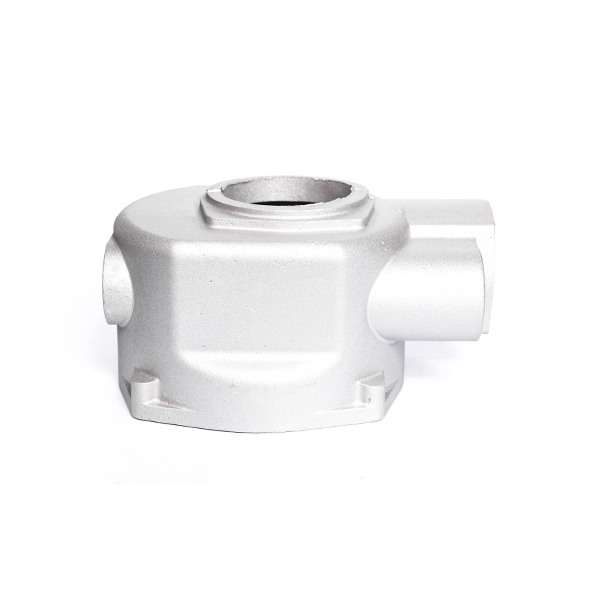
Industry Trends and Evolution of Metal Castings
The metal castings industry is dynamic, constantly evolving to meet the demands of higher performance, greater efficiency, and environmental sustainability. Key trends shaping its future include the adoption of advanced materials, the integration of automation and artificial intelligence, and a strong push towards green manufacturing practices.
- Advanced Materials and Alloys: The demand for lighter, stronger, and more corrosion-resistant components is driving innovation in material science. This includes the development of high-strength low-alloy (HSLA) steels, advanced aluminum alloys, and superalloys designed for extreme environments. The surge in demand for lightweight solutions, particularly in automotive and aerospace, highlights the importance of materials like aluminium metal casting, which offers an excellent strength-to-weight ratio and superior thermal conductivity.
- Digitalization and Automation: Industry 4.0 principles are profoundly impacting casting foundries. Simulation software, such as Finite Element Analysis (FEA) and Computational Fluid Dynamics (CFD), allows engineers to predict casting defects, optimize gating systems, and improve yield even before production begins. Robotics are increasingly used for tasks like mold handling, pouring, and finishing, enhancing precision, consistency, and worker safety. Data analytics and machine learning are being applied to process control, enabling predictive maintenance and continuous improvement of casting parameters.
- Green Manufacturing and Sustainability: Environmental concerns are paramount. Modern foundries are investing in technologies to reduce energy consumption, minimize waste, and control emissions. This includes sophisticated dust collection systems, energy-efficient induction furnaces, and the recycling of scrap metal and molding sands. Techniques like green sand metal casting, while traditional, are continually refined to optimize binder usage and sand reclamation processes, reducing their environmental footprint.
- Near-Net Shape Manufacturing: The goal is to produce castings that are as close as possible to the final desired shape, minimizing the need for extensive post-casting machining. This not only reduces material waste but also significantly lowers production costs and lead times. Precision casting methods, including specialized die casting techniques like aluminum casting die and aluminum die casting, are at the forefront of this trend, offering exceptional dimensional accuracy and surface finish.
Technical Parameters and Properties of Common Metal Castings
The performance of metal castings is defined by a range of technical parameters, influenced by the chosen alloy and the casting process. Understanding these is crucial for selecting the right material for a specific application.
Key Properties of Casting Materials:
- Tensile Strength: The maximum stress a material can withstand before breaking under tension. Expressed in MPa or psi.
- Yield Strength: The stress at which a material begins to deform plastically. Important for structural integrity.
- Hardness: Resistance to indentation, abrasion, or scratching, often measured by Brinell (HB) or Rockwell (HR) scales.
- Ductility: The ability of a material to deform plastically without fracturing, often measured by elongation percentage.
- Corrosion Resistance: Ability to withstand chemical degradation in specific environments. Essential for components exposed to aggressive media.
- Fatigue Strength: The maximum stress a material can withstand for a given number of cycles without failure. Critical for components subjected to cyclic loading.
- Thermal Conductivity: The ability of a material to conduct heat. Important for heat sinks or components operating at high temperatures.
Below is a table summarizing typical parameters for commonly used casting alloys, demonstrating the diverse properties achievable through metal castings.
| Alloy Type | Typical Composition | Tensile Strength (MPa) | Yield Strength (MPa) | Hardness (HB) | Elongation (%) | Key Characteristics |
|---|---|---|---|---|---|---|
| Gray Cast Iron | Fe, 2.5-4% C, 1-3% Si | 150-300 | N/A (Brittle) | 150-250 | <1 | Excellent dampening, wear resistance, low cost. |
| Ductile Iron | Fe, 3-4% C, 2-3% Si, Mg | 350-800 | 250-600 | 160-300 | 2-18 | High strength, good ductility, shock resistance. |
| Carbon Steel Casting | Fe, <0.8% C | 400-700 | 200-400 | 120-200 | 15-30 | Good strength & ductility, weldable. |
| Stainless Steel Casting | Fe, Cr, Ni, Mo | 450-700 | 180-450 | 140-250 | 20-40 | Excellent corrosion & heat resistance. |
| Aluminium Metal Casting (A356) | Al, 6.5-7.5% Si, 0.2-0.4% Mg | 220-300 | 150-250 | 70-90 | 3-7 | Lightweight, high strength-to-weight, good castability. |
| Bronze (C86300) | Cu, Mn, Al, Fe | 600-800 | 275-550 | 200-260 | 10-20 | Excellent wear, corrosion, and shock resistance. |
Note: Parameters are typical ranges and can vary significantly based on specific heat treatment, exact alloy composition, and casting process.
Diverse Application Scenarios of Metal Castings
The versatility of metal castings makes them indispensable across a vast array of industries. Their ability to form complex shapes, coupled with robust mechanical properties, allows for bespoke solutions in demanding environments.
- Automotive Industry: From engine blocks, cylinder heads, transmission housings, and suspension components to brake parts and chassis elements, metal castings are fundamental. Lightweight aluminum castings, including intricate aluminum die casting parts, are crucial for improving fuel efficiency and reducing emissions in modern vehicles.
- Aerospace Industry: High-performance alloys are cast into critical components like turbine blades, structural frames, brackets, and engine parts. Here, the emphasis is on high strength-to-weight ratios, fatigue resistance, and ability to withstand extreme temperatures, often utilizing sophisticated investment casting techniques.
- Energy Sector (Oil & Gas, Power Generation): In power plants, castings are used for turbine casings, valve bodies, pump housings, and heat exchanger components, often in high-temperature and high-pressure applications. For oil and gas, specialized corrosion-resistant alloys are cast into pipeline fittings, valve components, and pump impellers, ensuring reliable operation in harsh environments.
- Heavy Machinery and Construction: Earth-moving equipment, agricultural machinery, and industrial robots heavily rely on robust metal castings for gears, structural frames, counterweights, and wear-resistant parts designed for demanding, high-load conditions.
- Pumps, Valves, and Fluid Handling: This sector is a primary user of metal castings for constructing durable and corrosion-resistant pump impellers, casings, valve bodies, and various fittings essential for fluid transport in industries like petrochemical, municipal water treatment, and chemical processing. Our Casting Boxes are designed to facilitate the creation of such complex components.
- Medical and Food Processing: Stainless steel castings are often used for sterile and corrosion-resistant equipment, including surgical instruments, medical device housings, and components for food processing machinery, adhering to strict hygiene and regulatory standards.
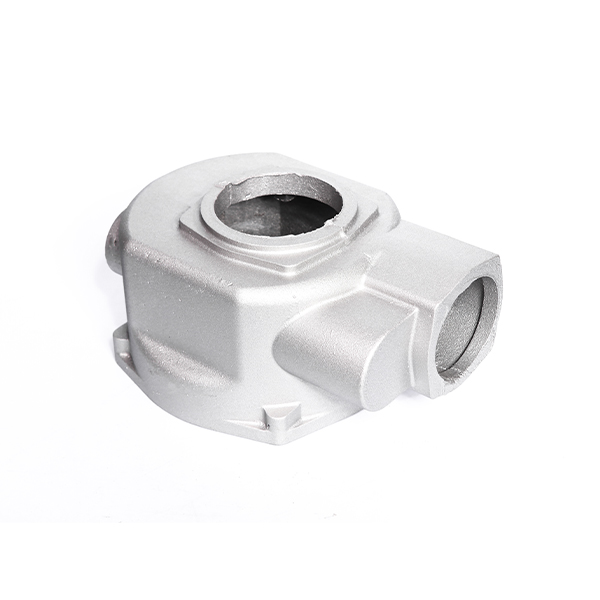
Technical Advantages of Metal Castings
The enduring appeal of metal castings lies in their inherent technical advantages, offering a unique combination of design flexibility, material integrity, and cost-effectiveness compared to other manufacturing methods like forging or fabrication.
- Design Versatility and Complexity: Casting allows for the creation of intricate internal and external geometries, undercuts, and hollow sections that would be difficult or impossible to achieve with machining or forging. This design freedom enables consolidation of multiple parts into a single casting, reducing assembly costs and potential points of failure.
- Material Homogeneity and Integrity: Unlike welded fabrications, castings are monolithic, ensuring uniform mechanical properties throughout the component. This reduces residual stresses and potential weak spots, leading to higher structural integrity and predictable performance. Advanced non-destructive testing (NDT) methods like X-ray and ultrasonic inspection ensure internal soundness.
- Cost-Effectiveness for Mass Production: While initial tooling costs (for patterns, dies, or molds) can be significant, the unit cost for large production runs becomes highly competitive. The ability to produce near-net shape components minimizes material waste and subsequent machining operations, leading to substantial cost savings.
- Broad Material Selection: Almost any alloy that can be melted can be cast. This allows engineers to select the optimal material for specific applications based on strength, hardness, corrosion resistance, heat resistance, and other required properties. From ductile iron for heavy machinery to high-nickel alloys for extreme temperatures, metal castings offer unparalleled material choice.
- Excellent Mechanical Properties: Depending on the alloy and casting process, components can exhibit superior mechanical properties, including high strength, impact resistance, and wear resistance. This makes them ideal for demanding structural and functional applications.
- Scalability: The casting process is highly scalable, capable of producing components ranging from a few grams to hundreds of tons, meeting diverse industrial needs.
Manufacturing Process for Metal Castings: From Concept to Component
The journey of creating a metal casting is a meticulous multi-step process, beginning with design and culminating in a finished component ready for industrial application. This section details the general process, highlighting key stages and specific technologies like green sand metal casting and aluminum die casting. Our Casting Boxes play a crucial role, especially in sand casting, by providing the robust framework for mold creation.
1. Design and Pattern Making
The process begins with a detailed CAD design of the desired component. Based on this design, a pattern is created. This pattern is an exact replica of the final part, accounting for shrinkage during cooling. Materials for patterns vary from wood and plastic for low volumes to metal for high-volume production. This stage also includes designing the gating system (channels for molten metal flow) and risers (reservoirs to compensate for shrinkage).
2. Mold Creation
This is where the product Casting Boxes become essential, particularly in sand casting. A mold is typically made by compacting a refractory material (like sand) around the pattern. For sand casting, the pattern is placed within our Casting Boxes (also known as flasks or molding boxes), and sand is rammed around it to create the mold cavity. After the sand is compacted, the pattern is carefully removed, leaving a void that will become the casting. Cores (sand shapes) are often used to create internal features or hollow sections. For processes like aluminum die casting, durable steel dies are machined to create the mold cavity, offering exceptional precision and surface finish for high-volume runs. Investment casting uses a wax pattern coated in ceramic slurry to create a shell mold.
3. Melting and Pouring
Selected metal alloys are melted in furnaces (e.g., induction, arc, or crucible furnaces) to a specific temperature. The molten metal is then poured into the mold cavity, typically under controlled conditions to minimize turbulence and oxide formation. In aluminum die casting, molten aluminum is injected into the die under high pressure, ensuring excellent detail and rapid solidification. For green sand metal casting, gravity pouring is common.
4. Solidification and Cooling
Once poured, the molten metal cools and solidifies within the mold. Controlled cooling rates are critical to achieve the desired microstructure and mechanical properties. This stage can take minutes or hours depending on the size and complexity of the casting.
5. Shakeout and Fettling
After solidification, the casting is removed from the mold. In sand casting, this involves breaking away the sand mold (shakeout). For die casting, the solidified part is ejected from the die. The casting then undergoes fettling, which includes removing excess material like risers, gates, and flash (excess material squeezed out at mold partings). This is typically done through cutting, grinding, or abrasive blasting.
6. Heat Treatment (Optional but Common)
Many metal castings undergo heat treatment processes (e.g., annealing, normalizing, quenching, tempering) to relieve internal stresses, improve ductility, enhance hardness, or modify other mechanical properties to meet specific application requirements.
7. Machining and Finishing
While castings are often produced near-net shape, critical dimensions or surfaces requiring high precision are typically finished through machining processes (CNC machining, turning, milling, drilling). Surface treatments like painting, coating, or plating may also be applied for corrosion protection or aesthetic purposes.
8. Quality Control and Inspection
The final stage involves rigorous quality control to ensure the casting meets all specifications. This includes visual inspection, dimensional checks, mechanical testing (tensile, hardness, impact), chemical analysis, and Non-Destructive Testing (NDT) such as X-ray radiography, ultrasonic testing, magnetic particle inspection, or dye penetrant inspection to detect internal flaws. All products, including our Casting Boxes, adhere to strict inspection standards like ISO and ANSI to guarantee performance and reliability.
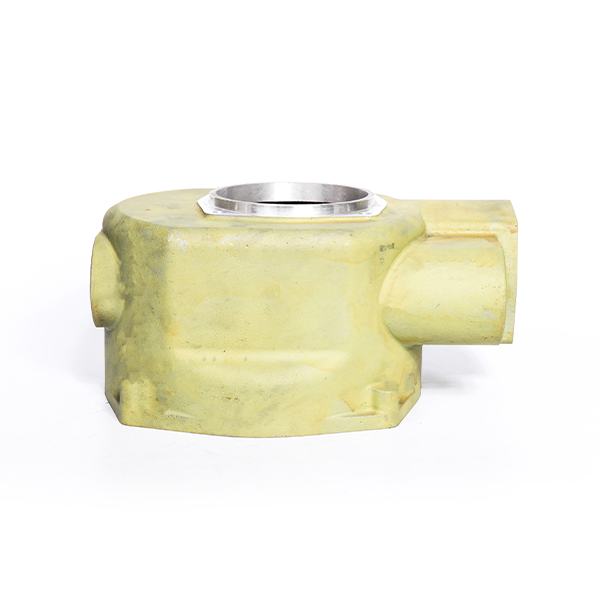
Product Focus: Casting Boxes
Our Casting Boxes are engineered for exceptional durability and precision, crucial for maintaining mold integrity during the sand casting process. Constructed from robust materials designed for long service life, they withstand the rigorous demands of foundry operations. These boxes are fundamental in creating accurate mold cavities for a wide range of metal components, ensuring high-quality metal castings. Typical lifespan of our Casting Boxes exceeds industry standards due to superior material selection and construction, often providing years of reliable service even under continuous use. They are extensively used in industries requiring reliable sand casting processes, such as general manufacturing, machinery, and automotive part production. Their design facilitates efficient sand compaction and pattern withdrawal, contributing to reduced defect rates and improved casting quality, ultimately enhancing energy efficiency in the overall casting process by minimizing rework and material waste.
Choosing Your Partner: Manufacturer Comparison and Selection
Selecting the right metal castings manufacturer is as critical as the design itself. A proficient partner ensures not only product quality but also provides valuable technical expertise and reliable service. When evaluating potential suppliers, consider the following:
- Specialization and Expertise: Does the manufacturer specialize in the specific type of metal castings you need (e.g., aluminium metal casting, aluminum die casting, or green sand metal casting)? Look for deep understanding of metallurgy, casting simulation, and specific industry requirements.
- Quality Management Systems: Verify certifications such as ISO 9001 (Quality Management), IATF 16949 (Automotive), or AS9100 (Aerospace). These certifications indicate adherence to strict quality control processes. Our facility operates under ISO 9001:2015 standards, ensuring consistent quality and continuous improvement.
- Technological Capabilities: Assess their equipment and software. Do they utilize advanced simulation tools, automated pouring, robotic finishing, and comprehensive NDT facilities? For example, the presence of high-pressure die casting machines for aluminum die casting suggests high precision capabilities.
- Material Versatility: Can they cast a wide range of alloys, or are they limited to a few? A versatile foundry offers more flexibility for future projects.
- Production Capacity and Lead Times: Ensure their capacity can meet your demand, from prototyping to mass production, and that their lead times align with your project schedules.
- Customer Service and Technical Support: A responsive and knowledgeable team is invaluable for technical queries, problem-solving, and design optimization. Seek manufacturers known for their collaborative approach.
- Environmental Compliance: Reputable manufacturers adhere to local and international environmental regulations, reflecting responsible and sustainable practices.
At YD Castings, with over two decades of experience, we pride ourselves on our comprehensive capabilities in various metal castings processes. Our adherence to international standards like ISO and ANSI for all products, including our robust Casting Boxes, ensures that every component we produce meets stringent quality and performance criteria. We have successfully partnered with leading companies across diverse sectors, including automotive giants and major infrastructure projects, providing reliable, high-precision cast solutions.
Customization and Tailored Solutions for Your Casting Needs
One of the significant advantages of metal castings is the immense potential for customization. Manufacturers, like us, work closely with clients to develop bespoke casting solutions that precisely meet unique application requirements, often pushing the boundaries of conventional design.
- Design Optimization: Utilizing advanced simulation software (e.g., solidification modeling, flow simulation), engineers can optimize part geometry, material distribution, and gating systems to minimize defects, improve mechanical properties, and reduce material usage. This often involves iterative design processes to achieve the ideal component.
- Alloy Customization: While standard alloys are common, specific applications may require custom alloy compositions to achieve targeted properties such as enhanced corrosion resistance in aggressive chemical environments, or superior strength at elevated temperatures. Metallurgists work to formulate and test these specialized alloys.
- Process Tailoring: Different casting processes offer varying benefits. For intricate, high-precision components, investment casting or aluminum die casting might be chosen. For large, heavy-duty parts, green sand metal casting or shell molding might be more suitable. A capable manufacturer can advise on the optimal process for cost-effectiveness and performance.
- Integrated Solutions: Beyond casting, many manufacturers offer secondary operations such as CNC machining, heat treatment, surface finishing, and assembly. This provides a "one-stop shop" solution, streamlining the supply chain and ensuring seamless integration from raw casting to finished product. For example, after casting a pump housing, we can perform precision CNC machining on critical sealing surfaces and apply specific protective coatings.
Our engineering team specializes in co-design, leveraging decades of expertise in metal castings to transform your concepts into highly functional and cost-effective physical components. We employ Finite Element Analysis (FEA) to simulate real-world stresses and optimize designs for maximum lifespan and performance, often achieving significant energy savings for our clients through optimized component weight and fluid dynamics.

Real-World Application Cases and Success Stories
The impact of high-quality metal castings is best illustrated through their successful deployment in critical applications across industries.
- Case Study 1: High-Performance Automotive Components
A leading automotive manufacturer required lightweight yet extremely strong suspension components for their new electric vehicle platform. Through advanced aluminum die casting techniques, we developed a proprietary aluminum alloy casting that reduced the component weight by 30% compared to traditional steel, while exceeding required strength and fatigue life standards (verified by ASTM E8 testing). This contributed directly to extended battery range and improved vehicle dynamics. Customer feedback highlighted the exceptional dimensional accuracy and surface finish, drastically reducing post-casting machining costs. - Case Study 2: Corrosion-Resistant Pump Housings for Chemical Processing
A major chemical plant faced frequent failures of pump housings due to aggressive acidic media. We engineered custom stainless steel metal castings (CF8M grade, equivalent to 316L stainless steel) with optimized internal geometries for improved fluid flow and reduced cavitation. These castings demonstrated superior resistance to corrosive agents, extending pump lifespan by over 200% and significantly reducing maintenance downtime, showcasing the advantage of specialized corrosion-resistant alloys. - Case Study 3: Large-Scale Infrastructure Valves
For a municipal water supply project, durable and reliable large-diameter valve bodies were required. Utilizing our green sand metal casting expertise, we produced large ductile iron valve bodies (A536 Grade 65-45-12) with exceptional strength and shock resistance. These valves were designed for a minimum 50-year service life in critical water distribution networks, meeting ANSI B16.34 standards and providing robust infrastructure solutions. The successful on-site installation and long-term performance have cemented our reputation as a trusted supplier for critical infrastructure components.
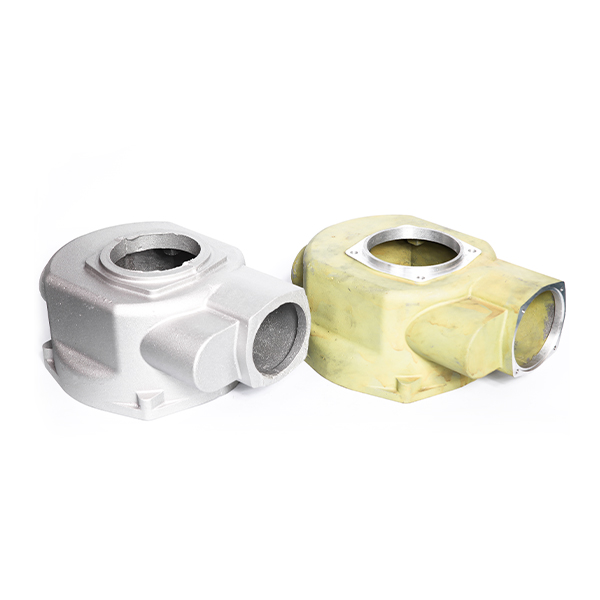
Building Trust and Authority: Our Commitment to Excellence
At YD Castings, our commitment to the Google (Expertise, Experience, Authoritativeness, Trustworthiness) standard is woven into every aspect of our operations. We believe transparency and verifiable quality are paramount to building lasting client relationships.
Expertise:
Our team comprises seasoned metallurgists, foundry engineers, and design specialists with decades of collective experience in the metal castings industry. We employ advanced techniques like metallurgical microscopy for microstructure analysis, Spectroscopic analysis for precise alloy composition verification, and Non-Destructive Testing (NDT) methods including Ultrasonic Testing (UT) for internal defect detection and Magnetic Particle Inspection (MPI) for surface crack identification. Our engineers regularly publish research and present at industry conferences, contributing to the broader knowledge base of casting technology. We pride ourselves on understanding the nuances of various casting processes, from the traditional green sand metal casting to advanced aluminum die casting, ensuring optimal solutions for complex challenges.
Experience:
With over 20 years in the metal castings sector, YD Castings has a robust portfolio of successful projects across diverse industries including petrochemical, mining, automotive, and infrastructure. Our experience extends to managing complex supply chains, handling international logistics, and providing comprehensive post-delivery support. We have consistently received positive client feedback for our ability to deliver high-quality, complex components on time and within budget, often exceeding initial expectations in terms of product lifespan and performance in demanding operational environments.
Authoritativeness:
YD Castings is an ISO 9001:2015 certified manufacturer, demonstrating our adherence to internationally recognized quality management systems. Our products consistently meet or exceed relevant industry standards, including ASTM, ANSI, DIN, and JIS specifications. We are proud members of leading industry associations such as the American Foundry Society (AFS) and the Institute of Cast Metals Engineers (ICME), actively participating in industry advancements. Our client roster includes several Fortune 500 companies and critical infrastructure providers, underscoring our established reputation as a reliable and authoritative partner in the metal castings domain. Our quality reports are backed by third-party laboratory certifications, providing objective validation of material properties and performance.
Trustworthiness:
We believe in transparent communication, ethical business practices, and unwavering commitment to customer satisfaction. Our quality assurance process involves multi-stage inspection, from raw material verification to final product testing. We offer comprehensive warranty programs for our Casting Boxes and other products, ensuring peace of mind. Our after-sales support team is readily available for technical assistance and troubleshooting. We provide detailed documentation for all products, including material certifications, inspection reports, and operational guidelines. Our average on-time delivery rate consistently exceeds 98%, reflecting our commitment to reliable service.
Delivery & Warranty:
- Delivery Cycle: Typical lead times for custom metal castings range from 4-8 weeks for tooling and samples, followed by 3-6 weeks for production runs, depending on complexity and order volume. For standard Casting Boxes, lead times are significantly shorter, usually 2-4 weeks. Expedited options are available upon request.
- Quality Assurance & Warranty: All metal castings and Casting Boxes supplied by YD Castings come with a comprehensive 12-month warranty against manufacturing defects and material failures under normal operating conditions. Our products are guaranteed to meet all agreed-upon specifications and industry standards.
- Customer Support: Our dedicated customer support team is available Monday to Friday, 9:00 AM to 5:00 PM (GMT+8), via phone, email, and live chat. We offer technical consultations, order tracking, and prompt resolution of any inquiries or concerns.
Professional FAQ on Metal Castings
Q1: What are the primary advantages of aluminum die casting over other casting methods?
A1: Aluminum die casting offers exceptional dimensional accuracy, superior surface finish, and the ability to produce thin-walled, complex geometries at high production rates. It's ideal for high-volume applications requiring tight tolerances and minimal post-casting machining. The rapid cooling rates also contribute to fine grain structures and improved mechanical properties in certain aluminum alloys.
Q2: How do you ensure the quality and integrity of metal castings?
A2: Quality assurance involves a multi-pronged approach: material spectrographic analysis for chemical composition, mechanical testing (tensile, hardness, impact) to verify properties, dimensional inspection using CMM (Coordinate Measuring Machine), and extensive Non-Destructive Testing (NDT) such as X-ray radiography (for internal voids), ultrasonic testing (for subsurface defects), and magnetic particle inspection (for surface cracks) to ensure structural integrity and freedom from flaws. Our adherence to ISO 9001 standards underpins all these processes.
Q3: What role do Casting Boxes play in the sand casting process?
A3: Casting Boxes (or flasks) provide the rigid framework that contains the molding sand during the mold-making process. They ensure the sand mold maintains its shape and integrity when the pattern is removed and during the pouring of molten metal. High-quality Casting Boxes are critical for dimensional accuracy and preventing mold shifts or collapses, particularly in green sand metal casting.
Q4: Can metal castings be customized for specific material properties?
A4: Absolutely. Customization is a key strength of metal castings. Through precise control of alloy composition, heat treatment processes, and casting methods, specific material properties such as enhanced corrosion resistance, increased hardness, improved ductility, or better fatigue strength can be achieved to meet unique application demands. Our metallurgical team assists in selecting or developing the optimal alloy.
Q5: What are the typical applications for green sand metal casting?
A5: Green sand metal casting is highly versatile and cost-effective for producing a wide range of ferrous and non-ferrous components. Common applications include automotive parts (engine blocks, cylinder heads), industrial machinery components (gears, housings), agricultural equipment parts, pipes, fittings, and large structural castings. Its primary advantages are low cost for tooling, recyclability of sand, and suitability for complex shapes with good surface finish.
Q6: What is the typical service lifespan of a high-quality metal casting?
A6: The service lifespan of a metal casting varies greatly depending on the material, application, operating environment (temperature, pressure, corrosive media), and proper design. However, well-engineered and manufactured castings, especially from durable alloys like ductile iron or stainless steel, can last for decades. For instance, pump housings in water treatment facilities often have design lives of 20-50 years, and critical automotive components are designed for vehicle lifespans exceeding 150,000 miles. Our Casting Boxes are engineered for years of continuous, demanding foundry use.
Q7: How do casting processes like forging and CNC machining compare to metal castings in terms of manufacturing?
A7: While all are metal shaping processes, they differ fundamentally. Forging involves deforming solid metal under compressive forces, producing parts with excellent grain structure and strength but limited complexity. CNC machining removes material from a solid block, offering very high precision but often being wasteful and costly for complex shapes. Metal castings, by contrast, involve pouring molten metal into a mold, allowing for immense design freedom, complex internal geometries, and cost-effectiveness for medium to high volume production, often with minimal material waste due to near-net shape capabilities. Each method has its ideal applications, but casting provides unmatched flexibility for intricate designs and varied material properties.
For further insights into the latest advancements and research in metal castings technology, we recommend exploring the following authoritative resources:
- American Foundry Society (AFS) - Publications: A leading technical society for the metal casting industry, offering research papers and best practices. https://www.afsinc.org/publications
- Foundry Management & Technology (FMT) Magazine: A prominent industry journal providing news, technical articles, and market insights. https://www.foundrymag.com/
- Journal of Casting and Materials Engineering (JCME): An international peer-reviewed journal focusing on casting processes, materials, and applications. https://jcme.feaa.uaic.ro/
These resources offer a deeper dive into the technical intricacies, sustainable practices, and future directions of the dynamic metal castings industry.
-
Materials Used in Manufacturing Cap End Pipe FittingsNewsNov.24,2025
-
Material Properties of CF8M CastingNewsNov.24,2025
-
How to Inspect Pump Cap Ends for DamageNewsNov.21,2025
-
Backward Curved Impeller – Efficient Airflow Solutions for Industry | YD CastingsNewsNov.21,2025
-
Automobile Water Pump - Efficient, Quiet, Durable & ElectricNewsNov.21,2025
-
Impeller for Pumps – High-Efficiency, Durable, OEM-ReadyNewsNov.21,2025

